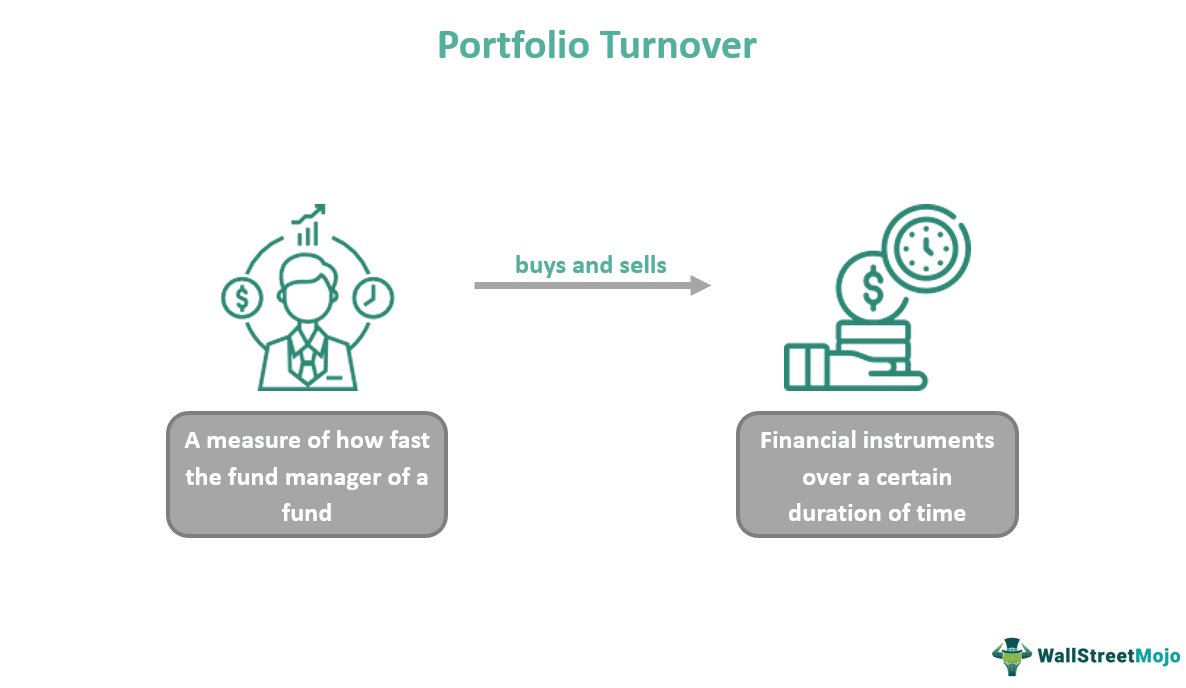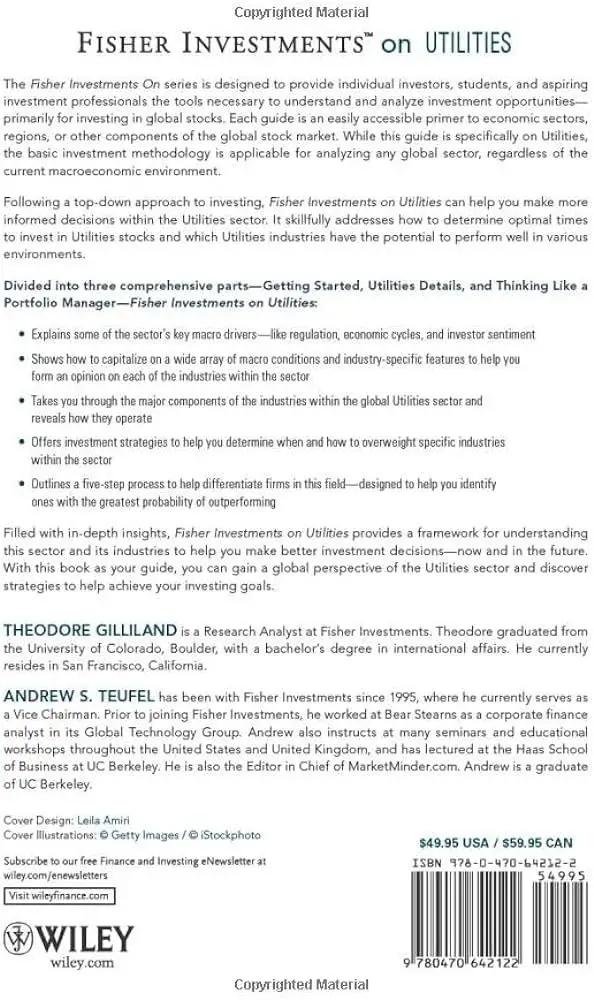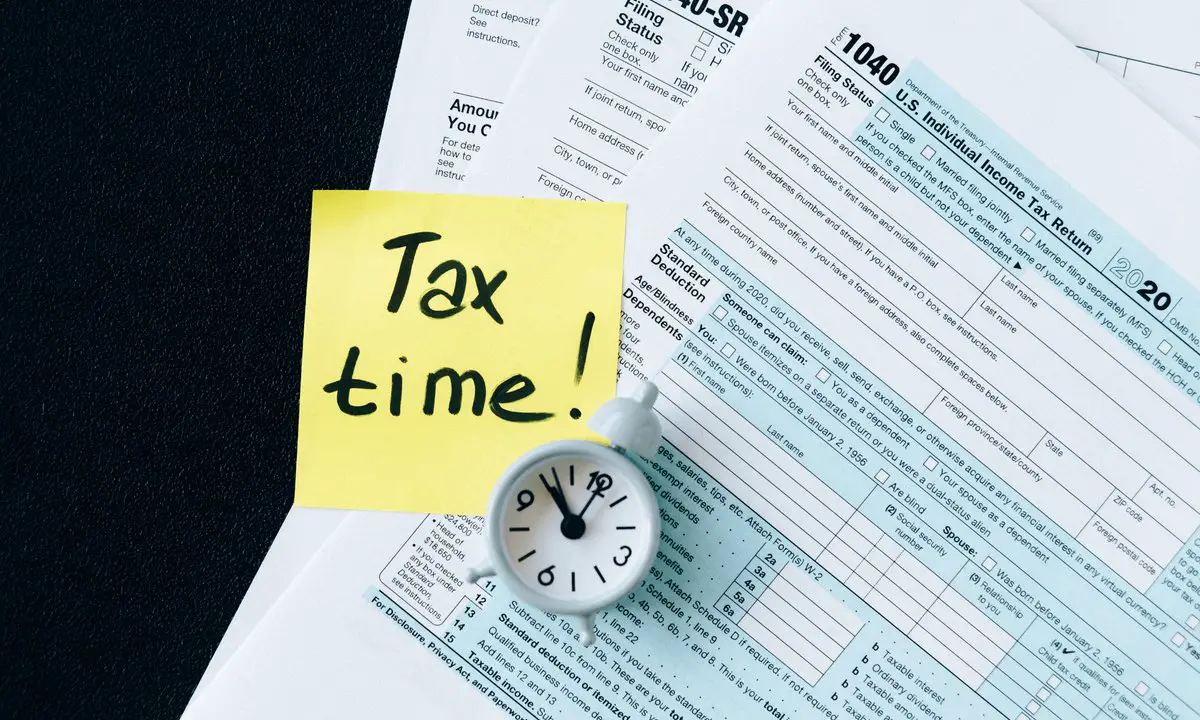Portfolio turnover in mutual funds refers to the rate at which the fund’s holdings are bought and sold within a given period. It is a crucial metric that helps investors understand how actively a fund’s manager is managing the portfolio. But what exactly does portfolio turnover mean in the context of mutual funds? How does it affect the fund’s performance and management style? In this article, we’ll dive into the intricacies of portfolio turnover in mutual funds, exploring its significance and shedding light on how it impacts your investment strategy. Let’s demystify portfolio turnover and gain a clearer understanding of its implications.
What is Portfolio Turnover in Mutual Funds?
Investing in mutual funds is a popular way for individuals to grow their wealth and achieve their financial goals. However, to make informed investment decisions, it’s crucial to understand the fundamental concepts associated with mutual fund investing, one of which is portfolio turnover.
In simple terms, portfolio turnover refers to the rate at which a mutual fund buys and sells its securities within a given period. It quantifies the level of trading activity within the fund and provides insights into how frequently the fund’s holdings change. Portfolio turnover is typically expressed as a percentage and can have a significant impact on the performance and costs associated with a mutual fund.
Why is Portfolio Turnover Important?
Portfolio turnover plays a vital role in determining the investment strategy and characteristics of a mutual fund. It has several implications for investors, including:
1. **Impact on Performance:** The turnover rate directly affects the performance of a mutual fund. Higher portfolio turnover implies more frequent buying and selling of securities, which can result in increased transaction costs and potentially lower returns. Additionally, it introduces the risk of mistimed trades and potential losses.
2. **Risk Level:** Funds with higher turnover rates generally have a more active investment approach, aiming to take advantage of short-term market movements. This active management style can increase the risk profile of the fund, as it relies heavily on the fund manager’s ability to make accurate and timely investment decisions.
3. **Tax Efficiency:** Portfolio turnover has implications for the tax efficiency of a mutual fund. When a fund sells securities at a profit, it generates capital gains, which are taxable for investors. Frequent trading can lead to higher capital gains distributions, resulting in increased tax liabilities for investors. Therefore, investors should consider the tax consequences of a fund’s portfolio turnover when assessing its suitability.
4. **Transaction Costs:** Buying and selling securities incurs transaction costs, including brokerage commissions and bid-ask spreads. Funds with high turnover rates tend to have higher transaction costs, which can eat into investors’ returns over time. Lower portfolio turnover, on the other hand, can result in reduced trading costs and potentially higher net returns.
5. **Investment Style and Objectives:** Portfolio turnover can also provide insights into a fund’s investment style and objectives. Funds with lower turnover rates often follow a buy-and-hold strategy, focusing on long-term investments. Conversely, high-turnover funds may pursue active trading strategies, seeking short-term gains through frequent buying and selling.
How is Portfolio Turnover Calculated?
Calculating portfolio turnover involves determining the ratio of a fund’s total purchases or sales of securities over a specific period divided by the average net asset value (NAV) of the fund over the same period. The resulting percentage represents the fund’s portfolio turnover rate for that period.
Fund companies generally report portfolio turnover on an annual basis, although it’s important to note that turnover rates can vary significantly from year to year. To calculate portfolio turnover for a fund, follow these steps:
1. **Purchases and Sales:** Determine the total value of purchases and sales made by the fund during the desired period. This includes all buying and selling activity, including stocks, bonds, and other securities.
2. **Average Net Asset Value (NAV):** Calculate the average net asset value of the fund over the specific period. This is typically done by taking the sum of the fund’s daily NAVs and dividing it by the number of trading days in the period.
3. **Turnover Rate:** Divide the total value of purchases and sales by the average net asset value and multiply by 100 to get the portfolio turnover rate as a percentage.
For example, if a fund had $100 million in purchases and sales during a year and an average net asset value of $500 million over the same period, the portfolio turnover rate would be calculated as follows:
Portfolio Turnover Rate = ($100 million / $500 million) * 100 = 20%
The Impact of Portfolio Turnover on Costs
Portfolio turnover affects the costs associated with investing in mutual funds. Here’s a breakdown of how it influences different types of expenses:
1. **Expense Ratio:** The expense ratio represents the annual operating expenses of a mutual fund as a percentage of its total assets. These expenses cover management fees, administrative costs, and other operational charges. Funds with higher portfolio turnover tend to incur more significant transaction costs, resulting in higher expense ratios for investors.
2. **Brokerage Commissions:** Buying and selling securities involves brokerage commissions, which are transaction costs incurred by the mutual fund. The more frequently a fund trades, the more it pays in commissions, which can impact the overall costs borne by the investors.
3. **Bid-Ask Spread:** The bid-ask spread represents the difference between the highest price a buyer is willing to pay (bid) and the lowest price a seller is willing to accept (ask). When a fund frequently trades securities, it may face wider bid-ask spreads, resulting in higher trading costs.
4. **Taxes:** As mentioned earlier, portfolio turnover affects the tax efficiency of a mutual fund. Frequent buying and selling can lead to higher capital gains distributions, subjecting investors to increased tax liabilities on their investment gains. Investors should consider the tax implications of a fund’s turnover rate, especially in taxable accounts.
Reducing portfolio turnover can help minimize costs associated with mutual fund investing. Lower costs lead to higher net returns for investors, making it an essential consideration when evaluating different funds.
Factors Influencing Portfolio Turnover
Several factors affect a mutual fund’s portfolio turnover rate, including:
1. **Investment Strategy:** Different investment strategies result in varying levels of portfolio turnover. For example, funds that focus on long-term investments and adhere to a buy-and-hold approach tend to have lower turnover rates. In contrast, funds employing active trading strategies and seeking short-term gains through frequent buying and selling tend to have higher turnover rates.
2. **Market Conditions:** Market volatility and changing economic conditions can impact a fund’s portfolio turnover. During periods of high market fluctuations, fund managers may adjust their holdings more frequently, resulting in increased turnover rates. Conversely, stable market conditions may lead to lower turnover as there is less need for adjustments.
3. **Fund Size:** Larger funds often face challenges in executing trades without significantly impacting the market prices of the securities they trade. To avoid substantial price movements, fund managers of larger funds may choose to trade less frequently, resulting in lower turnover rates.
4. **Management Style:** Each fund manager has their investment approach and style, which can influence portfolio turnover. Some managers are more inclined towards active trading and market timing, leading to higher turnover rates. Others may have a more passive approach, resulting in lower turnover.
5. **Sector or Asset Class:** Different sectors and asset classes have varying levels of liquidity and price volatility. Funds investing in less liquid or more volatile sectors may experience higher turnover rates as they adjust their holdings to manage risk or take advantage of market opportunities.
6. **Investor Demand and Redemptions:** High investor demand or significant redemptions can also affect a fund’s portfolio turnover. When an influx of new investor money enters a fund, the fund manager needs to allocate those funds to appropriate investments, potentially increasing portfolio turnover. Similarly, when investors redeem their holdings, the fund manager may need to sell securities, resulting in higher turnover.
By understanding these factors, investors can evaluate the portfolio turnover rate in the context of a fund’s investment strategy and market conditions, enabling them to make more informed investment decisions.
In conclusion, portfolio turnover is a crucial metric that measures the level of trading activity within a mutual fund. It impacts the fund’s performance, risk profile, tax efficiency, and costs. Investors should consider a fund’s portfolio turnover rate when assessing its suitability for their investment goals and risk tolerance. Lower turnover rates generally translate to lower costs and potentially higher returns, making them an attractive feature for long-term investors. Understanding portfolio turnover helps investors gain insights into a fund’s investment strategy, objectives, and the potential impact of market conditions on its performance.
Why Portfolio Turnover Is Important Judging A Mutual Fund Scheme
Frequently Asked Questions
Frequently Asked Questions (FAQs)
What is portfolio turnover in mutual funds?
Portfolio turnover is a measure that indicates how often the securities in a mutual fund’s portfolio are bought and sold within a specific time period. It signifies the frequency of changes made to the fund’s holdings. A high portfolio turnover generally suggests more active management and potentially higher transaction costs.
Why is portfolio turnover important in mutual funds?
Portfolio turnover is important because it provides insights into a mutual fund’s trading activities. Higher turnover rates may indicate more aggressive trading strategies, which could lead to higher transaction costs and, in turn, impact the fund’s overall performance. It’s crucial for investors to consider the impact of portfolio turnover when assessing a mutual fund’s investment approach.
How is portfolio turnover calculated?
Portfolio turnover is calculated by taking the lesser of purchases or sales of securities over a specific period, divided by the average net asset value (NAV) of the fund. This figure is then multiplied by 100 to obtain a percentage value.
What is considered a high portfolio turnover rate?
A high portfolio turnover rate is typically viewed as a rate above 100%. However, it is important to compare turnover rates within similar fund categories, as turnover expectations may vary depending on the investment strategy employed by the fund manager.
What are the implications of a high portfolio turnover rate?
A high portfolio turnover rate can result in increased transaction costs, such as brokerage fees and commissions. These costs can have a negative impact on the fund’s performance and, in turn, reduce the net returns for investors. Additionally, high turnover rates may also result in greater tax liabilities for investors.
What are the advantages of a low portfolio turnover rate?
A low portfolio turnover rate generally indicates a more passive investment approach with fewer securities trades. This can result in lower transaction costs and potentially lower tax implications for investors. Additionally, a low turnover rate may also imply a long-term investment strategy focused on minimizing trading activities.
How should investors interpret a mutual fund’s portfolio turnover?
Investors should consider a mutual fund’s portfolio turnover in relation to its investment objective and strategy. A higher turnover rate may be suitable for certain actively managed funds, while a lower turnover rate might align better with a passive or index fund. It’s essential to thoroughly research and understand a fund’s investment approach before making investment decisions.
Can a high portfolio turnover rate indicate better performance?
Not necessarily. While a high turnover rate can suggest active management, it does not guarantee better performance. Higher transaction costs associated with frequent trading can potentially eat into returns and offset any gains generated. Investors should evaluate a fund’s performance over the long term, considering various factors beyond just portfolio turnover.
Final Thoughts
Portfolio turnover in mutual funds refers to the rate at which the fund buys and sells its holdings within a given period. It is a measure of how actively the fund’s manager is trading investments. A high turnover rate indicates frequent buying and selling, while a low turnover rate suggests a more passive approach. This turnover can impact the fund’s returns and expenses, as well as potential tax consequences for investors. Understanding what is portfolio turnover in mutual funds is crucial for investors as it helps them assess the fund’s strategy and potential risks.



